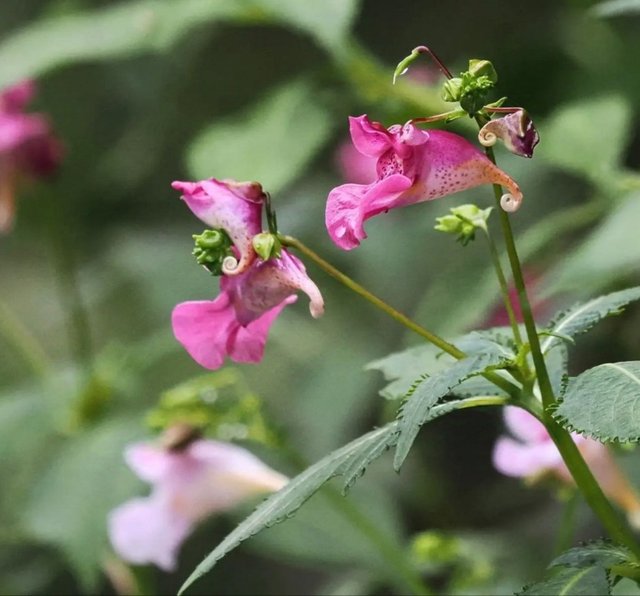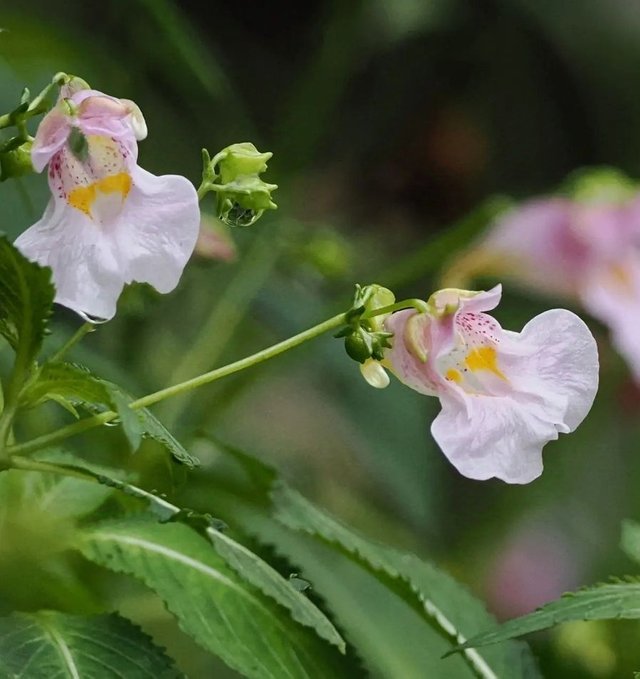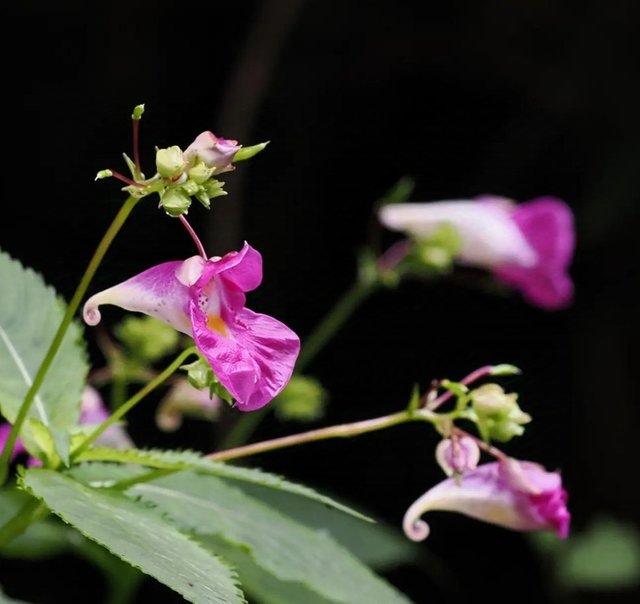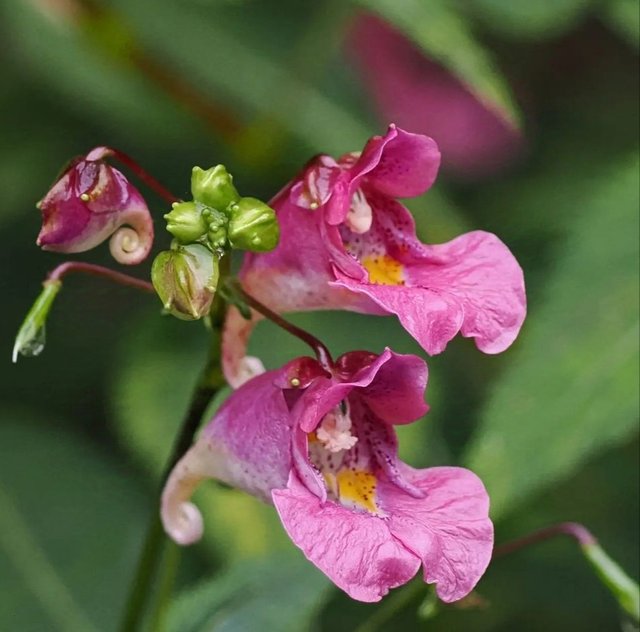Impatiens textori: A Lesser-Known Gem of the Plant World
Impatiens textori, commonly referred to as Korean touch-me-not or East Asian jewelweed, is a remarkable species of flowering plant that belongs to the family Balsaminaceae. While it is not as well-known as some of its cousins like Impatiens walleriana, its unique characteristics, ecological significance, and cultural relevance make it a species worth exploring. Found predominantly in East Asia, particularly Korea, Japan, and parts of China, this plant thrives in damp and shaded environments, often near streams, rivers, and other wetland areas. Let's dive into the world of Impatiens textori and uncover its fascinating traits and importance.
Botanical Description
Impatiens textori is a herbaceous annual plant, typically reaching a height of 30-60 centimeters. Like other members of the Impatiens genus, it has succulent stems that are semi-translucent and tend to be weak, meaning they rely on surrounding plants or structures for support. The leaves are alternately arranged and exhibit an oval shape, with serrated margins and a characteristic soft texture. The foliage is a light to medium green, contributing to the plant’s overall delicate and elegant appearance.
The most striking feature of Impatiens textori is its flower. The flowers are zygomorphic and range from pale pink to violet with spots of darker color. The structure of the flower is intricate, with a spur at the back that stores nectar, attracting various pollinators. When in bloom during the late summer and early autumn, these flowers create a soft, vibrant tapestry that contrasts beautifully with the plant's leafy surroundings.
One of the reasons for the plant's name "touch-me-not" comes from its fruit. When mature, the fruit capsule bursts open at the slightest touch, flinging seeds away from the parent plant to ensure a wide distribution. This unique seed dispersal mechanism is a hallmark of the Impatiens genus and adds to the charm and intrigue of I. textori.
Habitat and Distribution
Impatiens textori is native to East Asia and prefers cool, moist environments. It can commonly be found in shady woodlands, riverbanks, and the edges of wetlands. The plant thrives in areas with rich, well-drained soils that retain moisture, and it often forms dense colonies in its preferred habitats. In Korea and Japan, the plant can be spotted growing wild in lowland forests, particularly in regions that experience consistent rainfall.
The plant's ability to colonize damp environments plays an important ecological role in stabilizing soil in riparian zones. Its presence helps reduce soil erosion, as its roots create a network that binds soil particles together. Additionally, the plant provides cover and habitat for a variety of small animals and insects.




Device Information
| Device | Redmi Note 10 Pro |
|---|---|
| Location | Bangladesh |

Remember to always share your post on Twitter using these 3 main tags #steem #steemit $steem
Downvoting a post can decrease pending rewards and make it less visible. Common reasons:
Submit